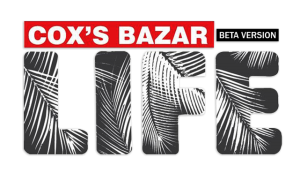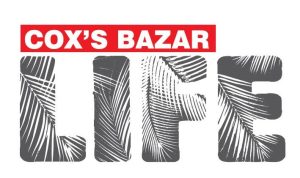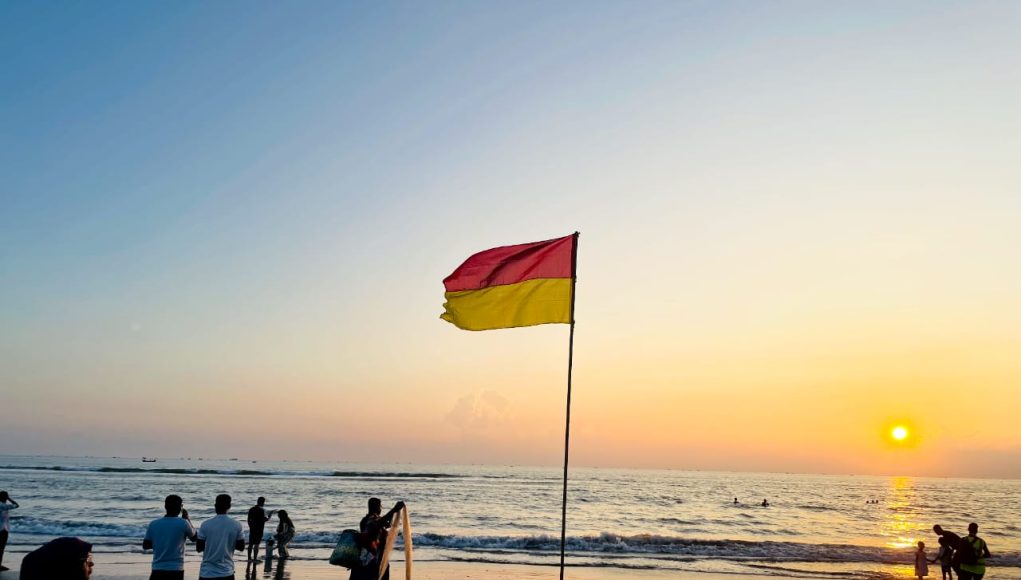The authority again hoisted the red-and-yellow flags in Cox’s Bazar Beach, which replaced red ones, after nearly four months as the winter season approaches and the sea gradually calms. However, lifeguards remind tourists to follow their instructions before entering the water.
The red flag indicates danger, while the red and yellow flag signifies safer swimming zones.
On Thursday (November 7) afternoon, Sea Safe Lifeguards hoisted the red and yellow flags at the Kolatoli, Sugandha, and Laboni points, signalling safer conditions for beach activities.
Senior Lifeguard Sifat Ullah Sifat informed Cox’s Bazar Life that the beach last saw red-and-yellow flags raised in July. During the monsoon, the sea’s turbulent nature prompted lifeguards to hoist red flags as a warning.
With the arrival of winter and a more tranquil sea, red and yellow flags have returned. However, we will reinstall red flags if any low-pressure or danger signal emerges.
Tourists expressed their relief upon seeing the red and yellow flags replacing the red ones. Many mentioned that the red flags alone evoke a sense of worry, whereas the red and yellow combination is more reassuring.
However, swimming is allowed at the three designated zones, Kolatoli, Sugandha, and Laboni, where lifeguards are stationed and monitored continuously by watchtowers.
Imtiaz Ahmed, the Field Team Manager of Sea Safe Lifeguards, told Cox’s Bazar Life that during the monsoon, rough seas caused holes and channels along the shore, and they hoisted red flags.
However, the sea stabilizes as winter approaches, gradually filling in these hazards. He added that tourists must swim only in the red and yellow flag zones where lifeguard services are available.
By Abdur Rashid Manik










